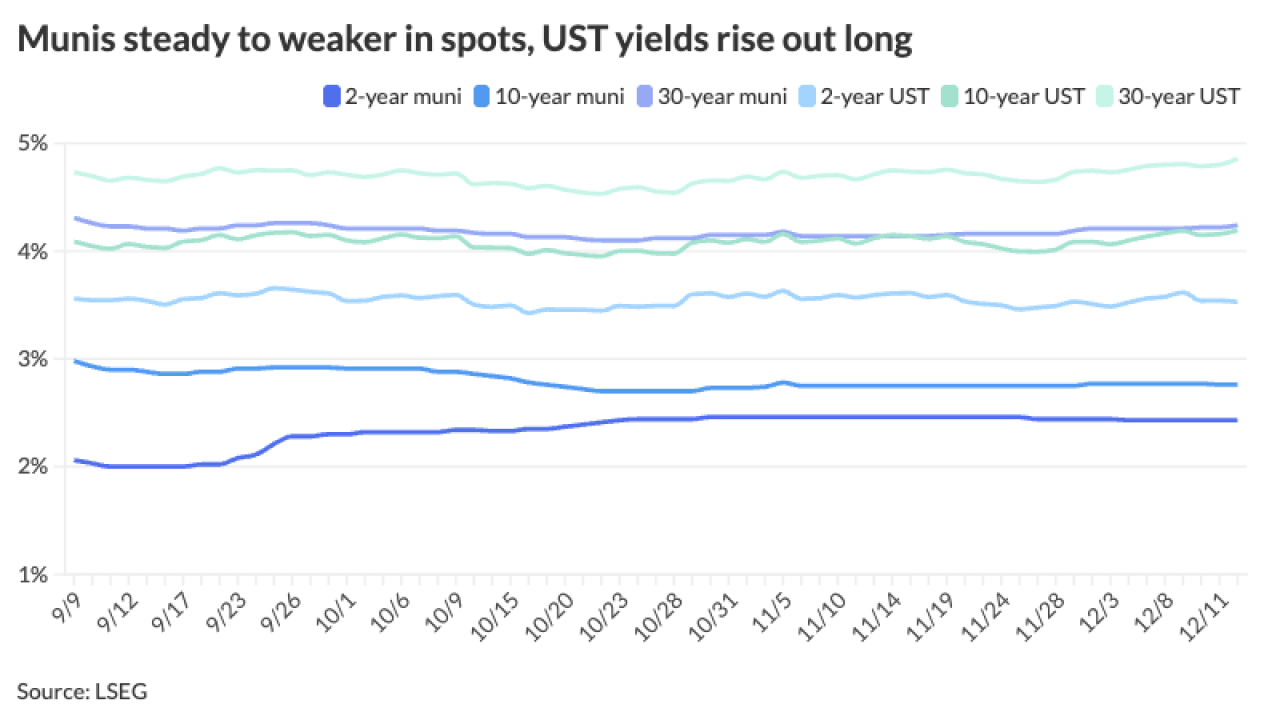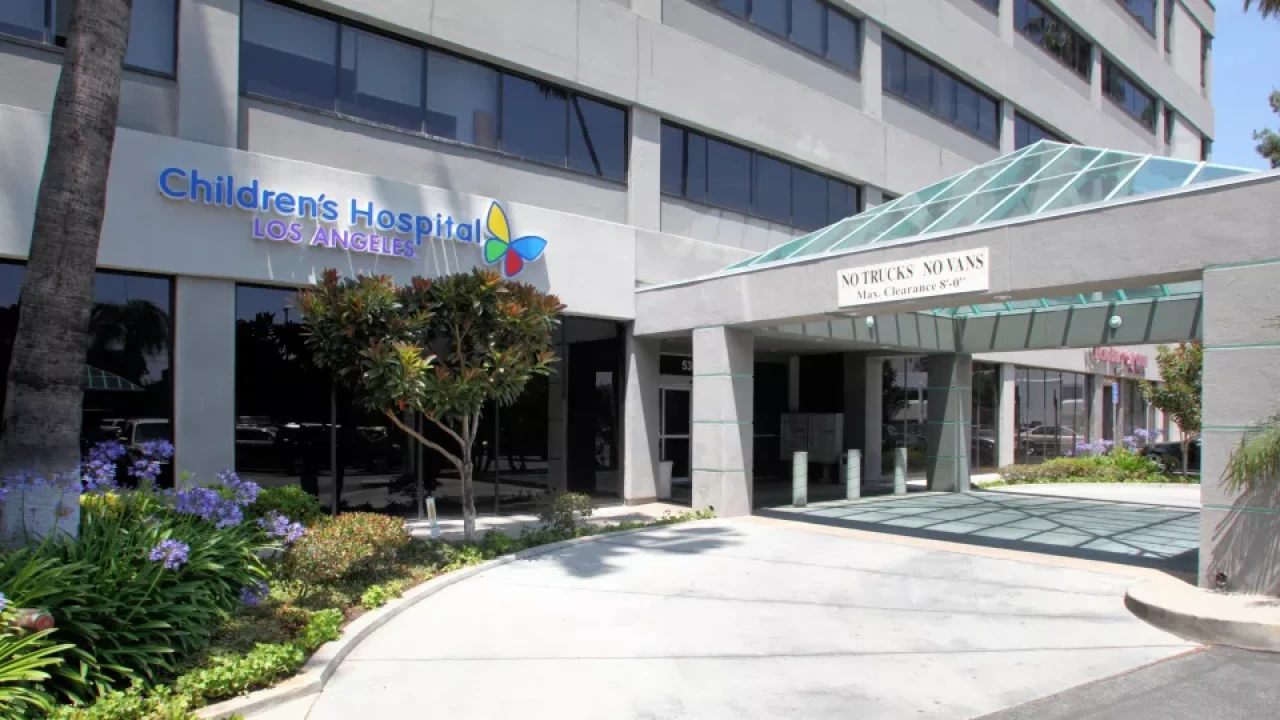
Federal policy threatens to send fiscal pain raining down on states, and experts say that could mean some tough choices ahead.
President Donald Trump's administration and Congress have indicated their intent to cut federal funding for health care, food assistance, education and other services, which will push more of the responsibility for providing those services onto the states, Carl Davis, research director at the Institute on Taxation and Economic Policy, wrote in an April 9
Meanwhile, "state tax revenues are under threat from the economic fallout created by the budding trade war, aggressive immigration actions and rhetoric, and federal employee layoffs and canceled contracts," according to the paper, which also cited cuts to the Internal Revenue Service's funding and workforce as a threat to state and local tax revenue.
"Anybody you talk to right now who's working on state budget policy or state forecasting is going to tell you that we're in a moment of significant uncertainty," Davis said in an interview. "Our advice at this stage is just pay attention and be ready because we can't tell exactly what's going to unfold – no one can right now, the uncertainty level is just off the charts and there are a lot of reasons to be nervous right now."
Indeed, President Trump via an April 2 executive order imposed a 10% tariff on all countries effective April 5 and "an individualized reciprocal higher tariff on the countries with which the United States has the largest trade deficits," effective at 12:01 a.m. EDT April 9.
However, U.S. stocks shot higher on April 9 after Trump posted on Truth Social that while he would be raising the tariff charged to China, for dozens of other countries that had reached out to negotiate he had "authorized a 90 day PAUSE, and a substantially lowered Reciprocal Tariff during this period, of 10%, also effective immediately."
To brace for the challenges ahead, state lawmakers should prepare to pause or roll back their recent tax cuts and start to plan for tax increases, according to Davis.
"We know in the last few years, there's been a very widespread trend in the states of deep tax cutting," he said. "As the old saying goes, when you're in a hole, the first thing you need to do is stop digging."
Many of the tax cuts were enacted with certain budget and economic outlooks in mind that now seem increasingly unlikely, Davis said.
"When most of these cuts were enacted, states were not expecting to have to cover a share of the SNAP program and they weren't expecting tariffs at levels we haven't seen in decades, they weren't expecting a major walk back in IRS enforcement of the tax law that's going to impact their tax revenue," Davis said. "So, conditions have changed, and I think a lot of recent decisions are going to need to be revisited."
A downturn in the economy or cuts in federal aid "could prompt states to consider changes to both revenues and expenditures," Jared Walczak, vice president of state projects at the Tax Foundation, said in an email.
"For now, states should focus on ensuring that they have sufficient buffer to allow them to make prudent and considered adjustments should the need arise." Walczak said. "Most states have well-stocked rainy day funds."
Currently, "most states are staying the course on their budgets, and are making plans for any projected revenue growth, whether in the form of increased spending or tax relief," he said.
"Whichever option states choose, there will be hard choices if the U.S. slips into recession or if federal aid is substantially reduced," Walczak said.
U.S. tariff hikes "will prove credit negative for U.S. state and local governments, undermining trade-dependent industries, eroding government purchasing power and sapping economic growth," Moody's Ratings said in an April 8
States' economic diversity in many cases should help to mitigate the impact of higher tariffs, however a protracted trade war will be challenging for governments that have "elevated exposure to agricultural commodities, auto manufacturing and other industries with substantial exports or multinational supply chains," Moody's said in its report.
"States likely will lower revenue forecasts and pursue policies to offset expected adverse economic impacts," the report said. "Negative effects on state and local governments will grow the longer trade tensions persist."
The Moody's report identified Idaho, Montana, South Dakota, Nebraska and Iowa as states with greater exposure to agriculture.
"It's a one-two punch for the agricultural sector, because we're expecting demand for the products to decline because of retaliatory actions and the U.S. tariffs on machinery and things of that sort," ITEP's Davis said. "But their labor force is potentially being squeezed as well."
In addition to making it harder for industries such as agriculture and construction to find workers, "the goal of removing millions of people from the country, that's going to be fewer income and sales tax dollars collected from each person that's deported," he said.
"And then the folks who aren't deported, the logical reaction to seeing a drastic ramp up in immigration enforcement is going to be to try to retreat from government view as much as possible," Davis said, adding that many of those workers may switch to jobs that allow them to work off the books for example. "There are multiple channels through which this very harsh immigration policy can be expected to depress state and federal tax revenue."





